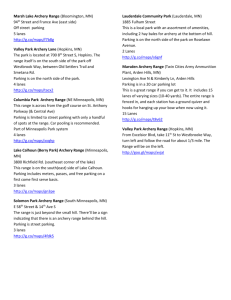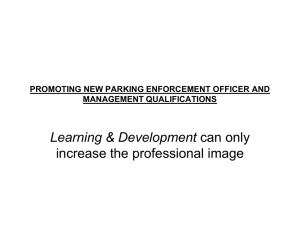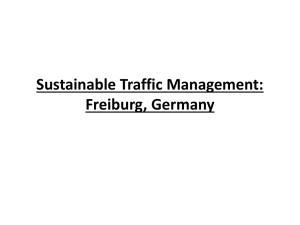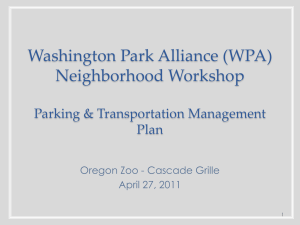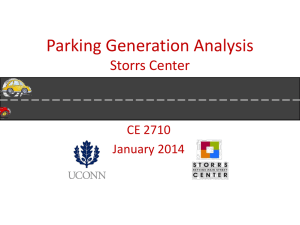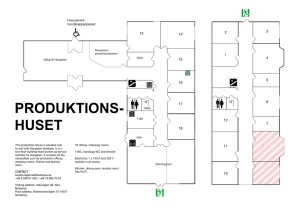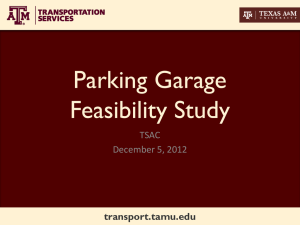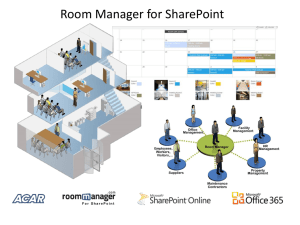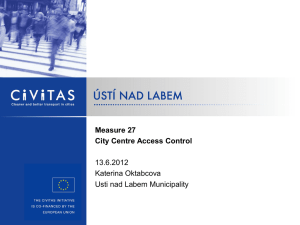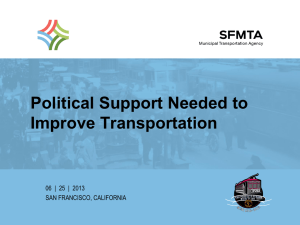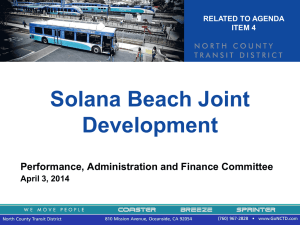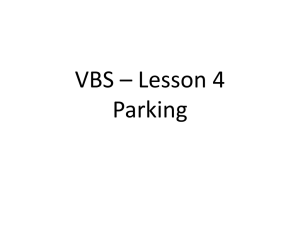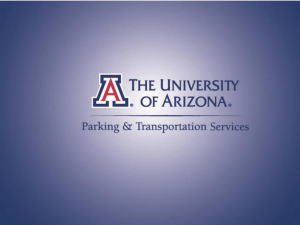Access Control - Transportation Services
advertisement
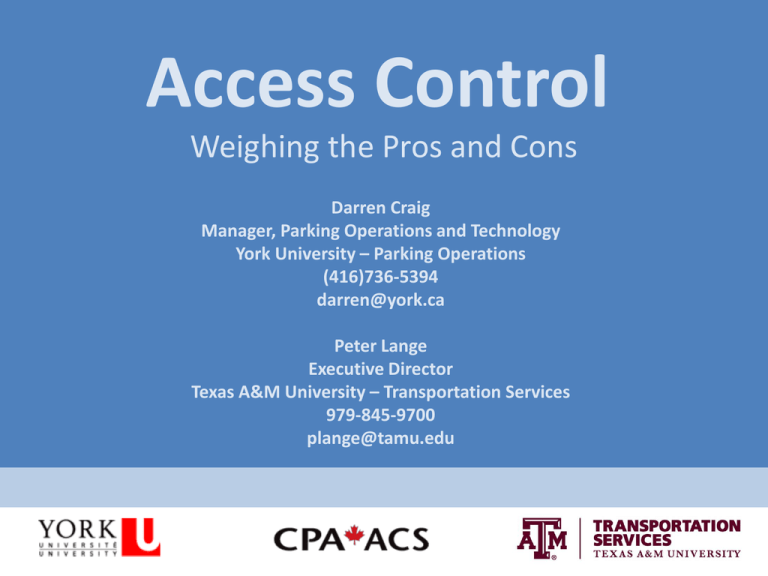
Access Control Weighing the Pros and Cons Darren Craig Manager, Parking Operations and Technology York University – Parking Operations (416)736-5394 darren@york.ca Peter Lange Executive Director Texas A&M University – Transportation Services 979-845-9700 plange@tamu.edu About York • Third-largest Canadian university in enrollment • 7000 faculty/staff, 55,000 students • Comparatively small campus 542 acres About A&M • Sixth-largest US university in enrollment • 12,000 faculty/staff, 50,000 students • One of largest campuses – 5500 acres About York • Glendon bilingual French/English campus • Schulich School of Business • Leader in Environmental Studies and Sustainability About A&M • Land-Grant, SeaGrant and SpaceGrant university • Home to George Bush Presidential Library and Museum • Texas’ first public institution of higher learning A&M Transportation Services • • • • 36,310 parking spaces 120 surfaces lots 5 garages 79 lanes of access control equipment York Parking Services • • • • 9748 parking spaces 35 surfaces lots 3 garages 70 lanes of access control equipment A&M Transportation Services York Parking Services • 6 reversible, 12 revenue lanes, 61 AVI readers, 25 barcode readers • 4 reversible, revenue lanes, AVI readers, barcode readers What We Do • Support the University – “Parking should be a non event” • What’s our focus, revenue or compliance ? • Auxiliary / Ancillary Services – self sustaining • Charge for parking and provide value for our customers • Reinvest in the parking system Why Do We Gate? To improve compliance areas with high levels of violators Protect small high value areas or limited access areas Protect areas during peak hours Gives customer more confidence their space will be available Why Do We Gate? Help enforcement reduce their coverage in gated areas and focus their attention in other areas Flexibility to raise gates and operate in a less restrictive operational mode Allows for creating subsets of customers using gates – nested areas Why Do We Gate? Allows for the opportunity for parking fees to be fully or partially paid by departments or others Gives customer more confidence their space will be available Why Do We Gate? Provides for better quality data in regard to counts - differential counting based on access type – transient – monthly – special event / conference Creates a record of access – helpful for a variety of reasons: security; amount of usage DATA DATA When Data Becomes Information Why Do We Gate? Allows for variable access methods – AVI – Barcode – Magnetic stripe Provides for control of violation situations by denying access / decreases fraud / anti - passback When gating, need to consider every constituency group who will need access and plan in Drawbacks No system works 100% of the time and gating increases expectations and decreases satisfaction when they don’t work Requires more user education Customer Expectations 4 Seconds 2 Seconds Equipment is expensive / Control comes at a cost/ Requires maintenance Requires monitoring – more staff - more resources Increased potential liability due to malfunctioning equipment Complexity of the system is increased Drawbacks Considerations •Physical layout •Availability of infrastructure •Budget •Expected/potential use of facility •Customer needs/expectations Considerations • Weather • Political environment • Regulatory issues – ADA – Fire access • Maintenance of equipment - in house or distributor Considerations • Vendor / distributor relations • Monitoring / cameras • Intercoms • Software integration What Does the Future Hold? • LPR • Counting without gates • Audio / Video / Access Control Integration • Barcode • TICO • CICO • Mobile intergration Questions? Darren Craig darren@york.ca Peter Lange plange@tamu.edu Presentation available online: http://transport.tamu.edu/ presentations




